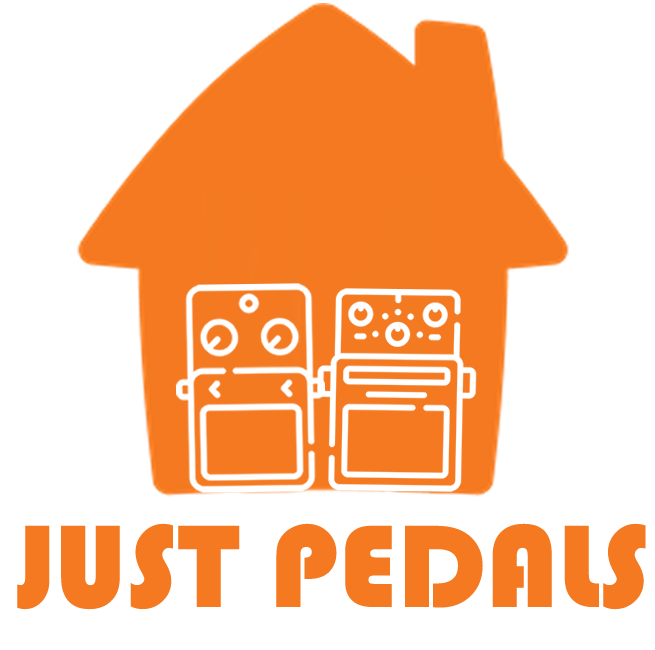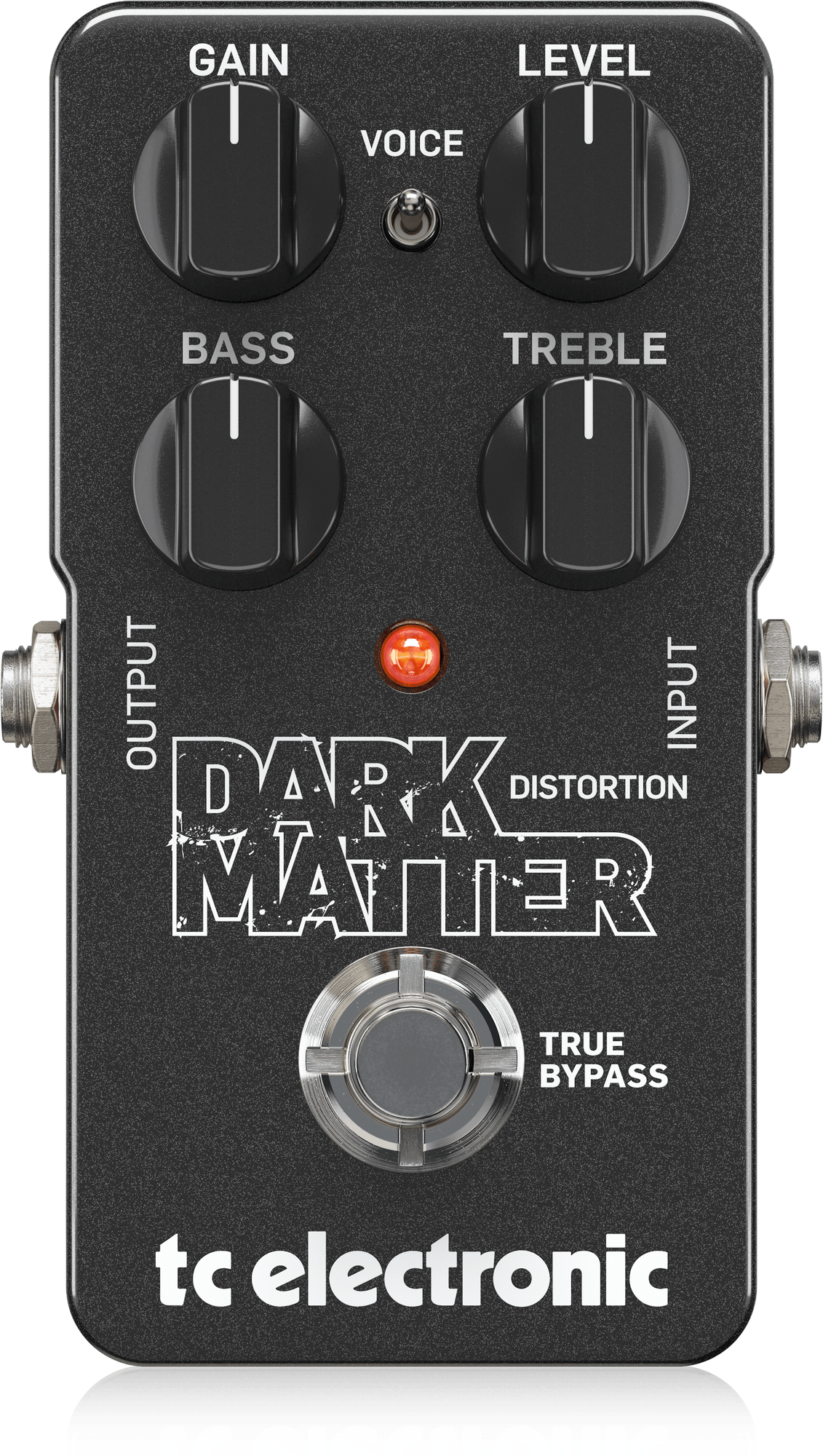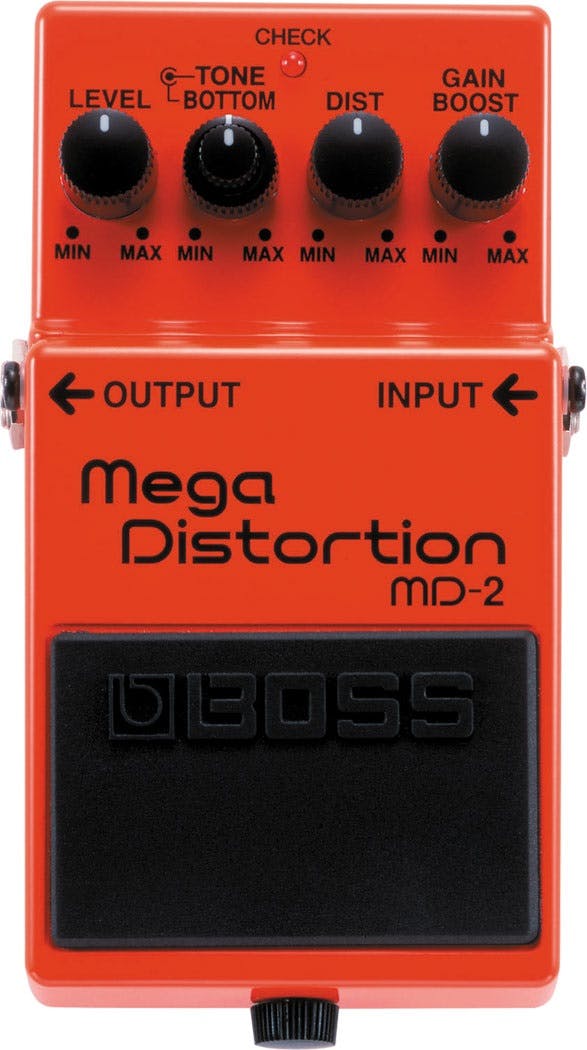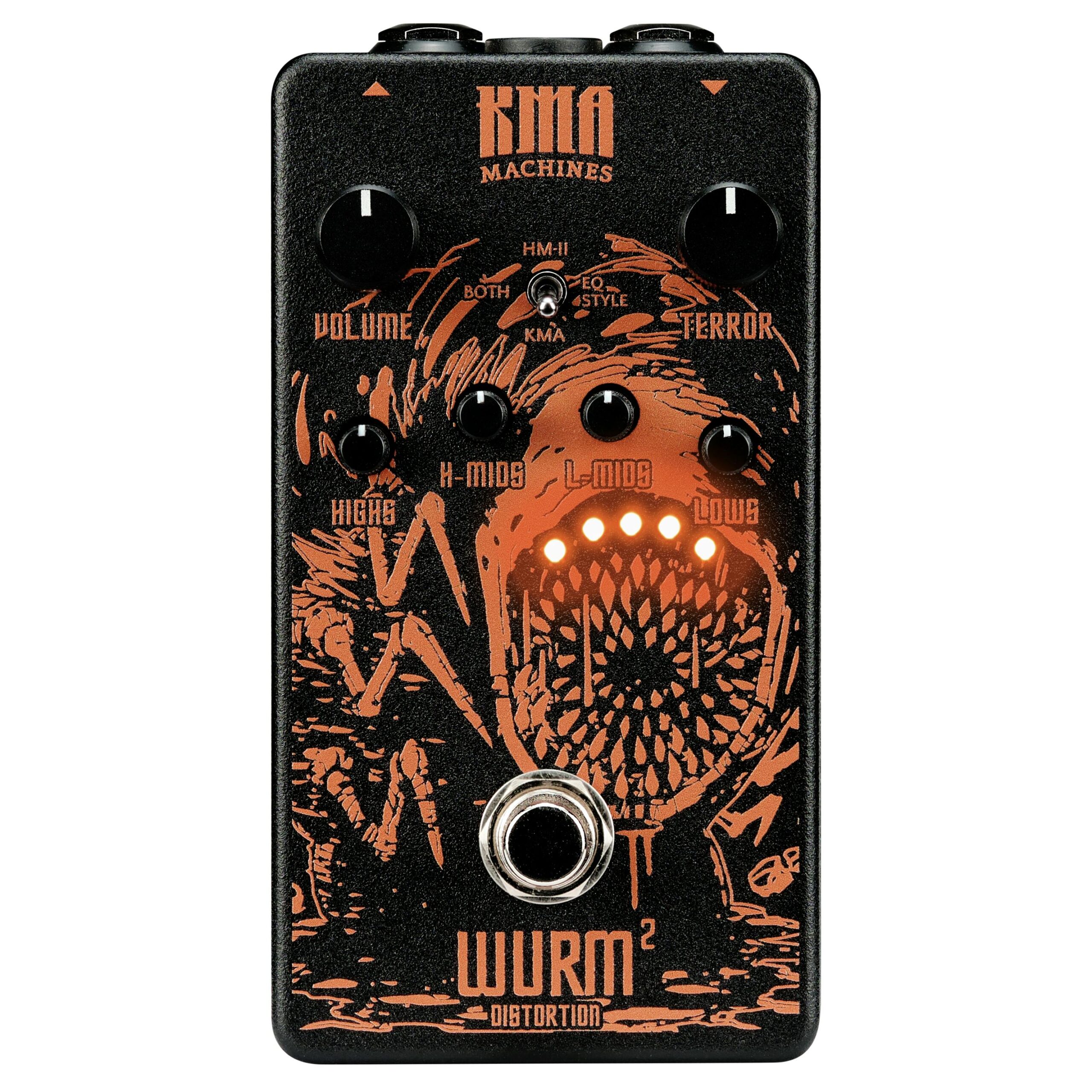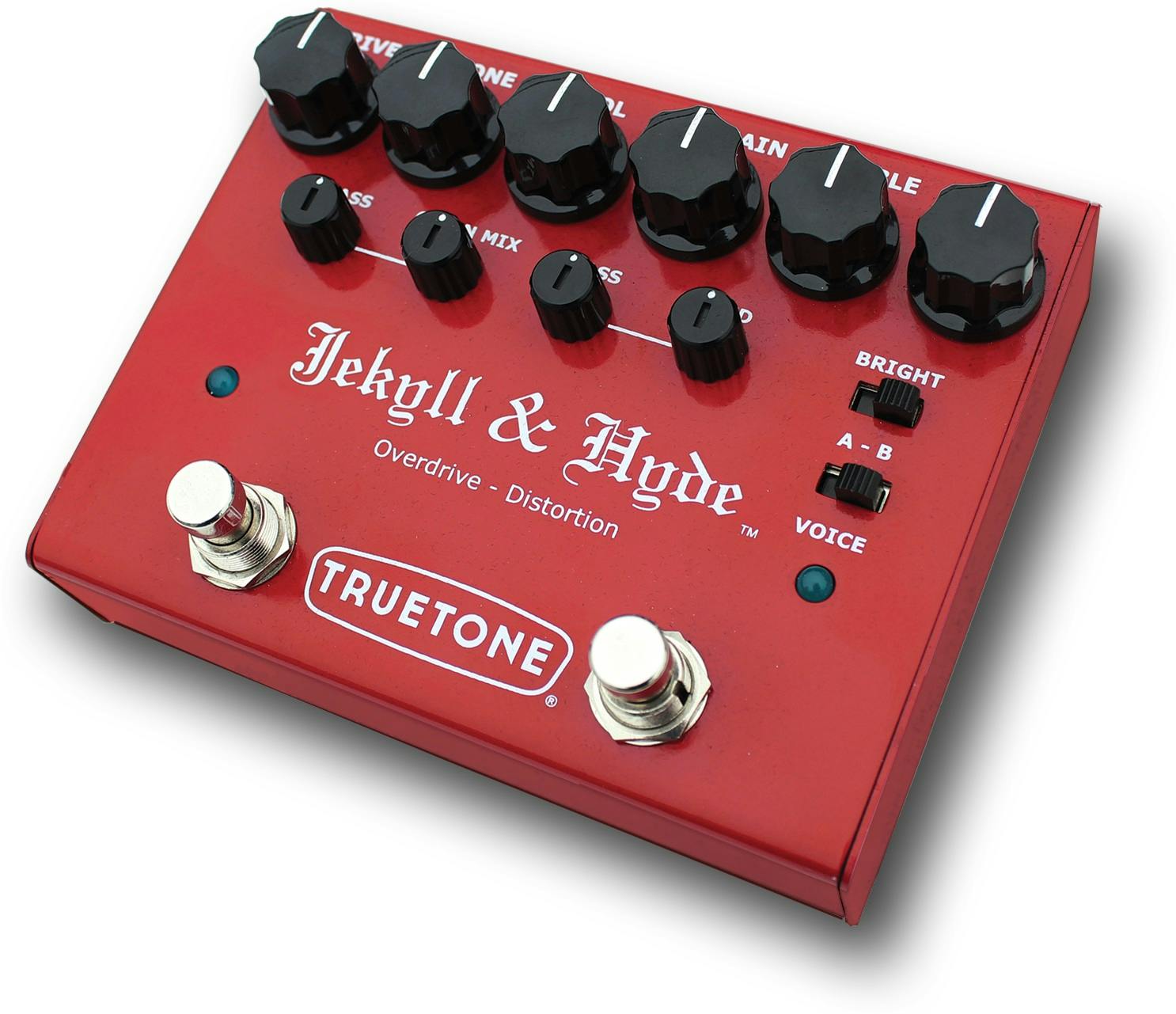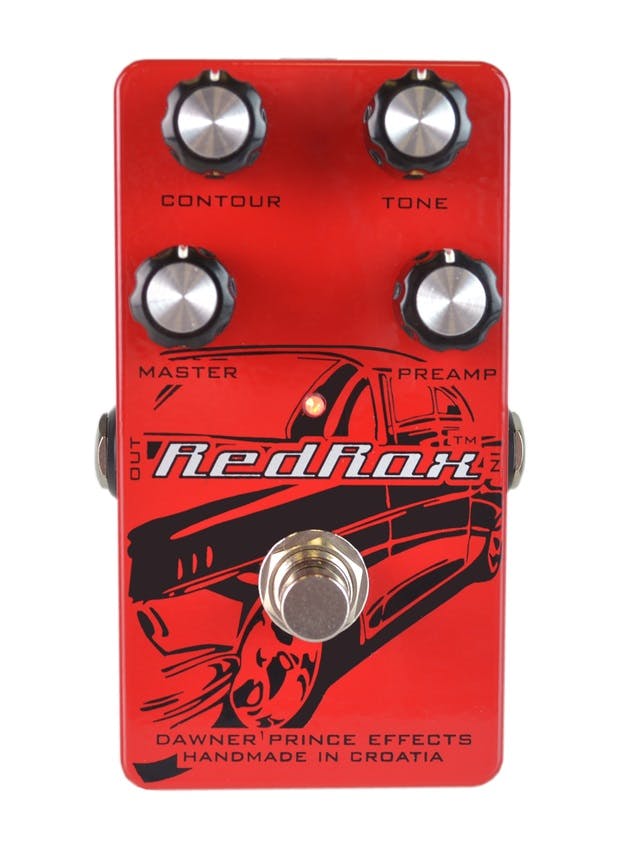Just – Guitar Effect Pedal Videos – First Distortion Pedal #guitar
Just – Guitar Effect Pedal Vids – First Distortion Pedal #guitar
Donner Digital Delay Pedal, Echo Square Delay Guitar Pedal, 7 Effects Digital Analog Tape Mod Sweep Lofi Reverse for Electric Guitar and Bass True Bypass
£48.99 £39.99
[7 Delay Modes] 7 delay effects including digital, analog, tape, mod, sweep, lofi and reverse. [3 Knobs] MIX is used to control the dry/effect signal ratio. TIME is used to control the delay time from 20ms ~ 838ms. F.BACK is used to control the feedb… read more
Donner Guitar Looper Pedal with Drum Machine, 40 Slots 160 mins Looping Time Stereo Loop Pedal, 110 Drum Grooves, Tap Tempo, Fade Out – Circle Looper
£89.99 £87.11
[2 in 1 Looper Drum Machine] 44.1kHz, 24bit high-quality stereo looper with 100 different drum grooves from 10 unique music styles and 10 types of metronome settings. [Large Capacity Loop Pedal] 40 memory slots and each can store 4 minutes record, 16… read more
Behringer HD300 HEAVY DISTORTION Effects Pedal,Pink
£24.36 £20.90
Pushes distortion to the extreme by producing crushing, bottom-heavy distortion for modern metal and hard rock Dual distortion with gain boost circuitry to give you super thick and heavy distortion with brutal low-end punch and endless sustain Dedica… read more
SONICAKE Delay and Reverb Guitar Bass Effects Pedal Sonic Ambience Multi Mode Tap Tempo
£37.99
4 Mode Delay and 4 Mode Reverb in One Small Pedal Maximum 2000ms Delay Time with Tap Tempo Function Tap Tempo Function for Real-time RATE Control Special Design Buffer Bypass Circuit Keeps the Sound Pristine Guitar Bass Effects Pedal working with 9V … read more
SONICAKE Sonic ABY Pedal Line Selector AB Switch Mini Guitar Effects Pedal True Bypass
£23.99
Signal Flow from A/B to Y, or from Y to A/B Selectable "A and B" / "A or B" LED indicates Working Status True Bypass Footswitch keeps a clean Signal Path ABY Pedal working with 9V Center Negative Regular Pedal Power Supply(not included)
BOSS DS-1 Distortion Pedal, Classic Tones for All Types of Music, The benchmark in Guitar distortion,Orange
£74.00 £65.00
Legendary distortion used by guitarists everywhere since 1978. BOSS’s first distortion pedal defined a bold new sound, delivering hard-edged attack and smooth sustain that’s been a staple of players for generations. The classic DS-1 tone is behind th… read more
